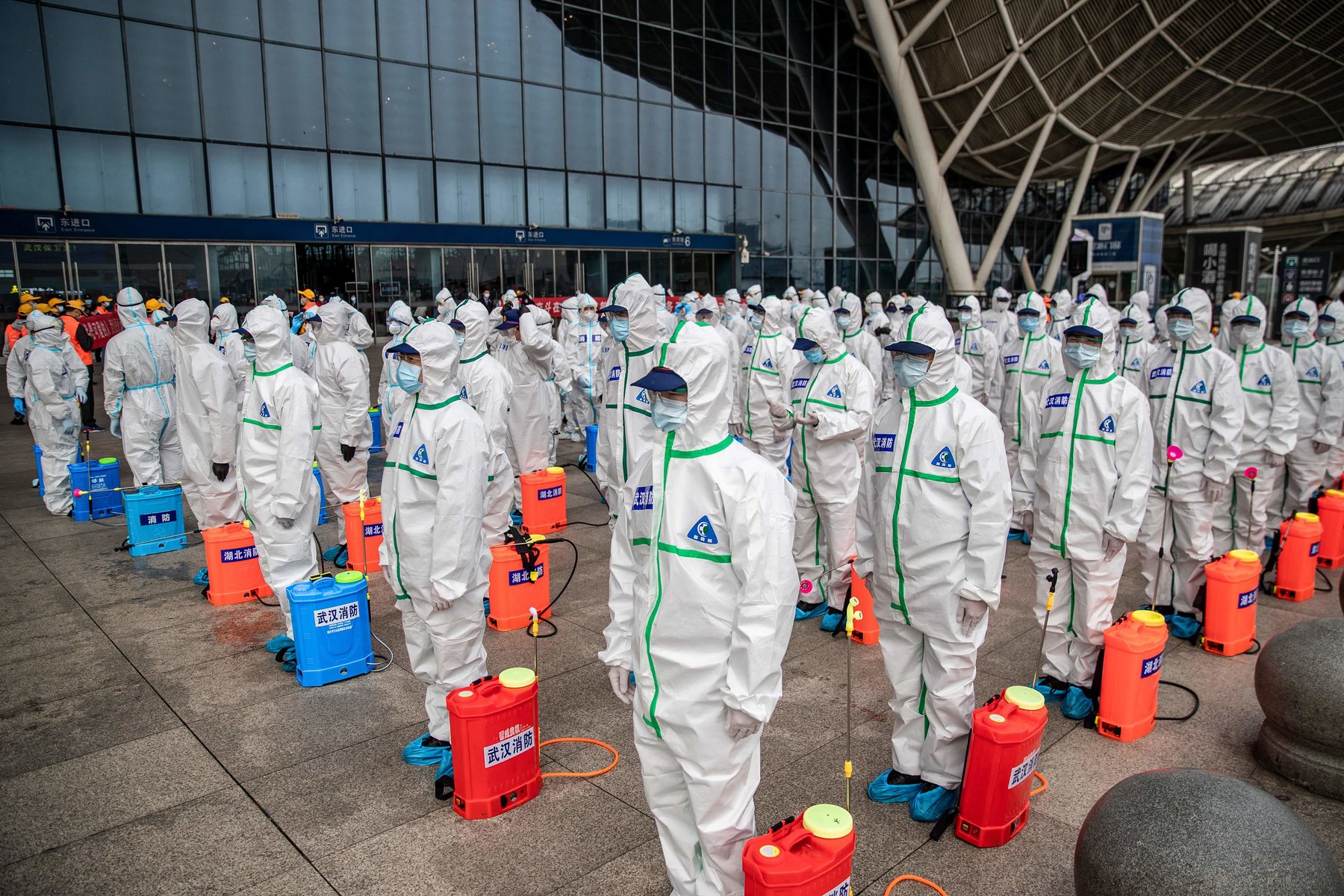The extended lockdown is set to cost the Indian economy up to Rs 17.78 lakh crore and mount the woes of sectors such as travel and tourism, manufacturing, auto even as partial opening of select sectors outside of Coronavirus hotspots from April 20 has kindled hopes.
A Barclays research estimates India’s loss of economic activity could be as high as $234 billion in the lockdown period, resulting in zero per cent GDP growth this fiscal. ICRA, however, expects GDP to shrink by 1% in FY21.
The Centre’s move to allow manufacturing across Special Economic Zones (SEZs), Export Oriented Units (EOUs) and units operating from rural areas is being seen as part of the strategy for a gradual exit from the lockdown. The Home Ministry order has also allowed manufacture of IT hardware and essential goods among a slew of other activities. While many companies engaged in manufacturing are exploring the possibility of opening their factories, they are discussing the plan with other players in the supply chain. However, options are limited.
MANUFACTURING
The industry’s demand for opening manufacturing – 80-odd per cent of which is shut or operating at very low utilization – was unfounded and was rejected. Opening up manufacturing at a time when demand in most sectors has crashed between 50-90% would have been suicidal. It would have only locked up precious cash in producing goods which could not be sold as shops, showrooms and malls stay shut.
A Gurugram-based auto component supplier to Maruti said he can open factories after Maruti restarts. “It will take a couple of days to figure out what all production can be started. Unless the whole supply chain works, it is difficult to resume operations,” he said.
However, export-oriented plants may restart as most international markets have not blocked exports and ports of entry and exit continue to function with some restrictions. Especially so for continuous process manufacturers whose plants have least human intervention. Steel producer JSW, which exports nearly 30% of its requirement, is going ahead with its plan to reopen manufacturing to cater to markets in US and Europe. Confederation of Indian Industries (CII) said that existing export orders and opportunities should be met to retain India’s export market share in the post-COVID period.
AVIATION
Passenger-less aviation sector has had a lease of life hauling cargo for government and private firms in India and abroad. Since lockdown began, Air India, Spicejet, Go Air and Indigo have logged seven lakh kilometers in more than 600 flights lifting more than 4,300 tonnes of cargo. However, even that’s no solace for the industry that was clocking over 3,000 flights per day.
Airline sector has already been pushed to the wall. Sydneybased Centre for Asia Pacific Aviation (CAPA) recently said that the combination of COVIDrelated travel restrictions and an economic downturn is likely to result in first quarter of FY21 being a virtual washout for Indian aviation.
“The extension of lockdown and suspension of our services till May 3, 2020 further impacts our cash flow significantly. As part of a number of steps we are taking to conserve cash and save costs, we had to make the difficult decision of further reducing our staff costs with the objective of preserving jobs,” a Vistara spokesperson told BusinessToday. In. For the period April 15-30, 30% of Vistara’s workforce will have to undertake compulsory no-pay leave of one to three days, depending on employment grades (three days for senior-most employees).
“With FY2021 set to be an exceptionally challenging year, all segments of the aviation value chain will need to immediately start planning for much smaller scale operations, supported by serious enterprisewide restructuring,” CAPA said in its report earlier.
TRAVEL/TOURISM
With all modes of transport being suspended, the nationwide lockdown has deeply impacted the country’s travel and tourism sector. Those stranded could have preferred to travel back to their homes, but the extension has thwarted their plans. Allowing public transport following the expiry of 21 days lockdown could have helped operators to generate some cash, but now they will have to wait longer.
Travel experts say the economic loss to the travel and tourism sector in the lockdown period remains the biggest concern, but an even bigger worry for the sector is how long it would take to recover after removal of restrictions as travelers would still follow social distancing norms and there may be mandatory restrictions such as booking of alternate seats. “Fear and apprehension would be there in the minds of travellers till the time a long-term solution of Coronavirus comes. We see the sector taking a longer time than expected to recover,” said Ankur Bhatia, Executive Director of travel technology and hospitality company Bird Group.
AGRICULTURE
While extended lockdown means more pain for most of the industries, the agriculture sector could cheer a bit as almost all farm sector activities have been permitted during this period. With harvesting near 100% in Gujarat and 70-odd per cent in Madhya Pradesh and Punjab heading for wheat harvesting starting April 15, the farming community got a huge relief with the opening up of the sector, including allied sectors such as food processing and cold storages – vital for securing the produce.
Learning from previous experience, the Centre has this time clearly spelt out in its order that farm sector would be exempted from the extended lockdown through May 3. Accordingly, transportation of seeds, fertilisers, food grains would get the green channel. But agriculture sector experts still fear a slight delay in harvest of crops due to lockdown as policies set by the Central government are not properly executed at the local level. While harvesting of wheat has neared completion in many states, it is yet to wrap up in the key states of Haryana and Punjab.
T Haque, former chairman of Commission for Agricultural Costs and Prices (CACP) said that delay in harvesting of Rabi crops could lead to late sowing of Kharif crops which could result in lower yield. “The harvesting could be further delayed by untimely rain and hailstorm. There are issues related to transportation, storage and agriculture market being nonoperational. In case of perishable items in some states like Karnataka, farmers are facing difficulty in harvesting as labour is not available,” Haque said.
Transportation of processed seeds is another issue as they are transported from one state to the other. Haque said that in the Kharif seasons, the demand for processed seeds is quite significant. The seeds may not reach farmers in time if its smooth supply is affected. Even as government has allowed mandis dealing in agricultural produce, many markets are reported shut.
Given that agriculture is the mainstay for two-thirds of the population, any negative impact of extended lockdown on it could multiply the problems. Lower yield means lower income for farmers and hence poor demand for consumption.





































